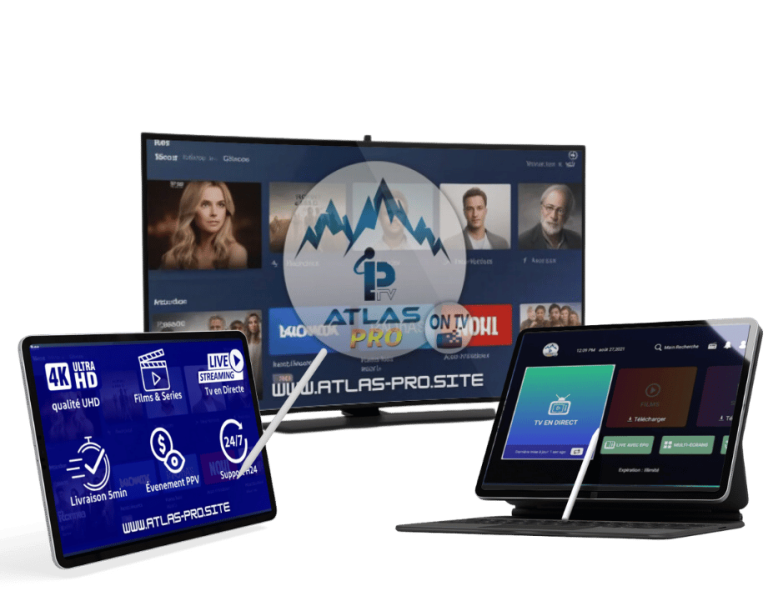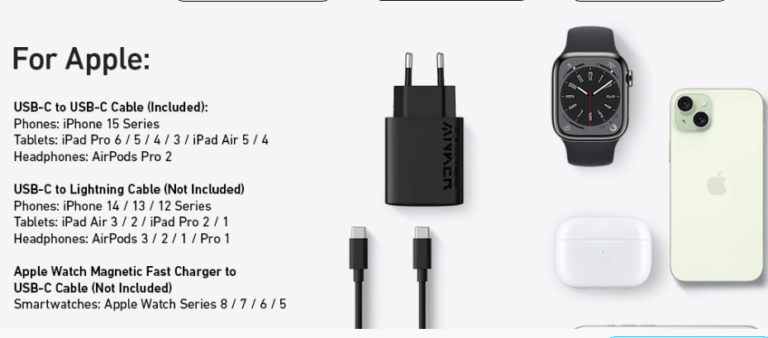
A strong cybersecurity framework is necessary to protect the most valuable information and vital assets of the organization. Cyber threats are constantly evolving as hackers can think of newer ways around vulnerabilities. Enterprises need to implement a strong cybersecurity posture (alongside some practices, frameworks, and training through CompTIA Security+ certification) to not let in potential malware.
What Is a Cybersecurity Framework?
A cybersecurity framework is a systematic structure of guidelines, regulations, and processes designed to protect an organization’s information systems from cyber-attacks. It minimizes risks and prevents attacks by deploying security controls. Industry standards like NIST and ISO serve as grandfather standards for frameworks.
Key Components of a Cybersecurity Framework
1. Risk Assessment
An effective cybersecurity framework begins with a deep risk assessment to identify potential issues and gaps in current systems. It emphasizes testing for internal and external threats like phishing, ransomware, malware, cyber threats, and system errors. Understanding these risks helps organizations prioritize security investments and allocate resources effectively. CompTIA Security+ classes can help employees and IT professionals identify potential threats and take necessary action.
2. User Access Control
Cybersecurity involves ensuring the security of systems and data by implementing strict access control mechanisms. Organizations should use Identity and Access Management (IAM), multi-factor authentication, password policies, and role-based access control.
Enrolling in CompTIA Security+ Training allows IT professionals to study and interact with access control solutions, thereby reducing the number of users able to access their systems.
3. Real-time Monitoring and Incident Response
The continuous growth of cyber threats needs timely network activity monitoring to spot suspicious behaviors before they progress into major breaches. Tools for monitoring system activity should include real-time monitoring, automated threat detection frameworks, and logging mechanisms.
4. Encryption and Data Protection
Encryption is a crucial practice of IT systems that enables businesses to identify anomalies and suspicious activities in real time, enabling them to respond to security threats before they can cause harm. CISSP Certification Training equips professionals to manage monitoring systems, identify potential risks, and analyze data to catch security incidents early.
5. Proactive Security Audits
Your IT systems should be audited on a periodic basis for upholding both regulations and best practices. Audits also reveal the stealthy gaps, and that same process ensures that security policies are still relevant. People who are certified in CISSP training have good knowledge to perform complete audits. Based on this feedback, a CISSP (Certified Information Security Managers) certified professional can advise you on where you need to improve, and now you know.
6. Ongoing Employee Training
Educating employees on cybersecurity best practices is crucial to reducing risk. Regular training on passwords, phishing, and security procedures is essential. CISSP classes help employees understand vulnerabilities and mitigate them. A well-trained workforce is the foundation of an organization’s security strategy. Human error is a frequent breach driver.
Conclusion
Organizations need a robust cybersecurity framework in place to hold against the increasing number of cyberattacks. The major components, like risk assessment, access control, continuous monitoring, encryption, auditing, and staff training, are all important building blocks to a great defense system. A CompTIA Security+ certification is a valuable resource for professionals seeking to learn and then apply security within an organization.
Also read: Denver SEO Company
Enrolling in a CompTIA Security+ training course or CompTIA Security+ classes can be a significant step for people and organizations to solidify their cybersecurity framework in achieving their security goals while maintaining a digital environment.





